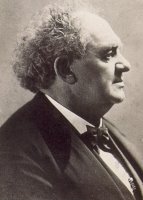
Even at times of low sea level, when Britain was not an island, the Channel posed a major barrier to colonisation.
This was because a massive river system flowed along its bed, UK researchers told a palaeo-conference in Gibraltar.
Today the English Channel is 520km long, 30-160km wide, about 30-100m in depth and slopes to the south-west.
Even now, the bed of the Channel is incised by a network of valleys, the remains of the river system, which may have been cut by catastrophic drainage of meltwater from further north. —BBC News

